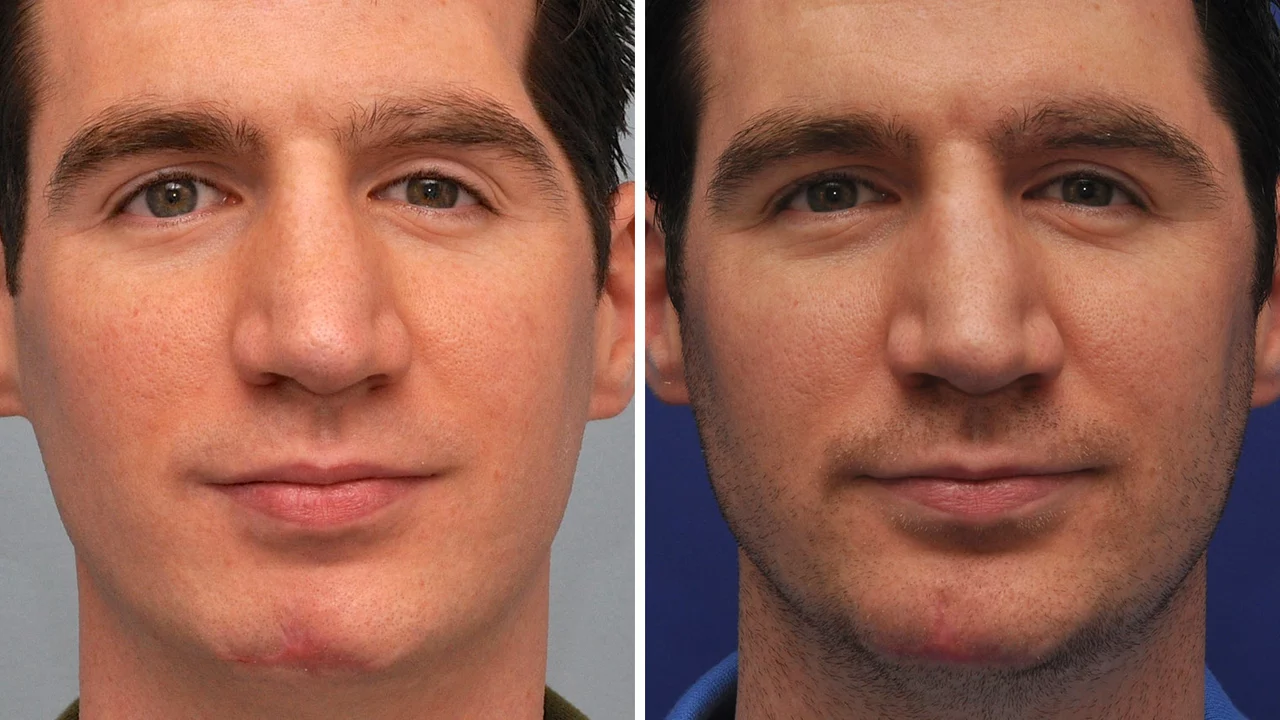Scar Care: Simple Ways to Help Scars Fade
Scars are your skin’s repair job after injury. Most scars change a lot during the first year: redness and thickness usually calm down in 6–12 months. You can speed that process and reduce visibility with steady care, not miracle cures.
Keep fresh wounds clean and moist. Clean with mild soap and water, pat dry, then cover with a non-stick dressing. Use a thin layer of petroleum jelly to keep the wound from drying out; this lowers scab formation and helps tissue line up as it heals. Change dressings daily and watch for infection signs like spreading redness, warmth, or pus.
Daily Care that Helps Scars
Once the wound is closed, gentle massage helps. Use circular motions for five minutes, twice a day, with a lotion or silicone gel to reduce tightness and flatten raised scars. Silicone sheets or gels have strong clinical support for improving scar color, height, and texture, especially after surgery. Protect scars from the sun — any tanning makes scars darker and more obvious. Use SPF 30+ and cover scars while they are still healing.
Topical options include silicone, basic hydrating creams, and sunscreen. Be cautious with products that promise drastic results overnight. Vitamin E rubbed on scars hasn’t shown consistent benefit and can cause irritation for some people. If you try an over-the-counter product, test it on a small patch first.
Avoid picking at scabs or stretching the healing area. Smoking delays healing, so quitting helps scars look better. For scars over joints, try gentle movement to prevent tightness but avoid heavy strain that could reopen healing tissue.
Professional Options for Stubborn Scars
If a scar stays red, raised, wide, or painful after several months, consider seeing a dermatologist. Corticosteroid injections can soften and flatten keloids or hypertrophic scars. Laser treatments can improve color and texture by targeting blood vessels or stimulating collagen remodeling. Microneedling and chemical peels work well for shallow acne scars by encouraging new collagen and smoother skin. For deep depressions, fillers or minor surgical revision might be best.
Talk to a professional about realistic expectations and timing — many treatments work better once the scar has matured a few months. Share your full medical history and any medications, since some therapies need caution if you take blood thinners or have certain skin conditions.
Different scars need different care. Acne scars respond best to skin resurfacing and retinoids, while surgical scars often do well with silicone and massage. Keloids need early treatment; if you have a family history, tell your doctor before any elective surgery. Track progress with photos every month to see slow changes and avoid switching products too often.
Pregnant or breastfeeding? Check with your provider before starting treatments. Good scar care is steady, not sudden; small habits add up. Be patient.

How to care for scars after cosmetic surgery
Taking care of scars after cosmetic surgery is crucial to promote healing and minimize their visibility. It's important to keep the scar clean and moisturized to prevent infection and dryness. Protecting the scar from the sun by using sunscreen or wearing protective clothing is another vital step. Light massage can also help to decrease scar tissue build-up. Lastly, be patient as scars can take up to a year or more to fully heal and fade.
Read More